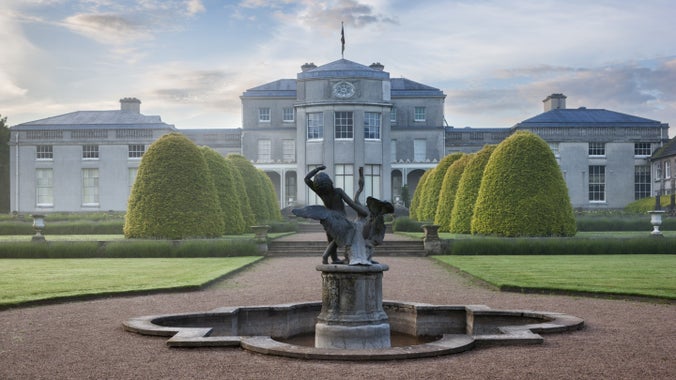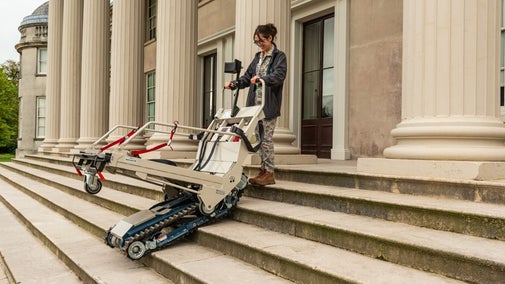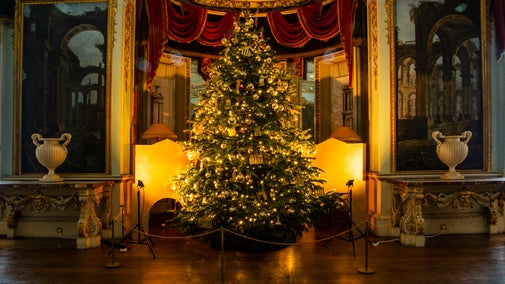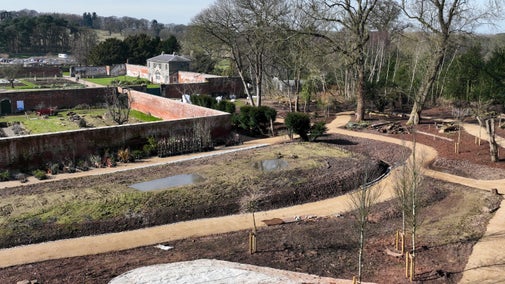
Become a member
Join today and help protect nature, beauty and history – for everyone, for ever. Enjoy access to more than 500 places with National Trust membership.
A Staffordshire paradise: a rich blend of landscape, monuments, gardens and architecture, shaped by exploration and global encounters.
Milford, near Stafford, Staffordshire, ST17 0UP

Discover what family-friendly activities are on offer at Shugborough Estate, from family trails to nature spotting, there's plenty of fun-filled adventures to be had.

Here you’ll find information about access across the different areas of Shugborough Estate and how to make the most of your visit.

This Christmas, celebrate the festivities of the season at Shugborough Estate.

Find out about the events and activities taking place here at Shugborough Estate and plan your visit.

We're designing a sustainable future for the Shugborough Estate. Find out more about the next stage in our long-term programme of conservation and visitor facility improvement work.
Learn more about our work to re-design and develop the Walled Garden at Shugborough Estate.

Shugborough Estate is a two pawprint rated place. Explore 900 acres of parkland with your dog at Shugborough Estate.

Click to download a PDF of Shugborough Estates access map.

Join today and help protect nature, beauty and history – for everyone, for ever. Enjoy access to more than 500 places with National Trust membership.